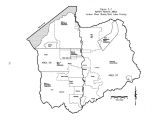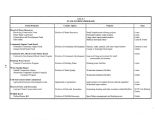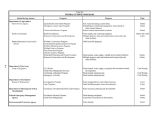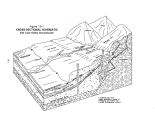| OCR Text |
SECTION 12 STATE WATER PLAN - JORDAN RIVER BASIN WATER QUALITY Water quality is very important and often fragile. While natural environmental processes provide a means for removing pollutants from water, there are definite limits. It is up to society to provide safeguards to protect and maintain water quality. 12.1 Introduction This section presents data and information on existing levels of water quality in the Jordan River Basin. Sources of pollution are identified, problems and solutions are discussed, and recommendations for control and improvement by responsible agencies are given. Water pollution comes from natural and man- caused sources. Examples of naturally occurring pollution include such things as mineral springs, erosion, land- slides, wildlife waste materials, and dead and decaying animals. Man- caused pollution is categorized as being from either point or non- point sources. Point sources contribute pollution from a single definable point such as a pipe discharge from an industrial plant or municipal wastewater treatment facility. Non- point pollution comes from diffuse sources via overland flow and gully erosion. These include pollution from activities such as agricultural- South Valley Water Reclamation Facility, West Jordan related operations, rangeland uses, mining, urban runoff, construction, recreation and hydrologic modifications. 12.2 Setting The 44- mile stretch of the Jordan River from the outlet of Utah Lake to the Great Salt Lake is currently used for recreational, industrial, agricultural and wildlife purposes. The Jordan River represents a tremendous potential for even greater usage in all of these areas, as well as a potential source for domestic water if the water quality could be improved to acceptable standards. Significant water quality changes take place as the Jordan River flows through the urbanized Salt Lake County area. The characteristics of the impacts on the Jordan River change from agricultural to urban/ industrial as the river flows this course, and the impacts on the physical parameters are significant. As pointed out in the Utah State Water Plan, the Jordan River has been identified by the Division of Water Quality as one of the state's highest priorities for water pollution control efforts and activities. It is generally acknowledged that water flowing from Utah Lake is of poor quality. The water quality issues for Utah Lake and its tributaries will be addressed in the Utah Lake Basin Plan. Water quality data collected for the Jordan River, however, shows water quality continues to be degraded as the river makes i- ts way through Salt Lake Valley enroute to the Great Salt Lake. The 12- 1 |

















































































































































































